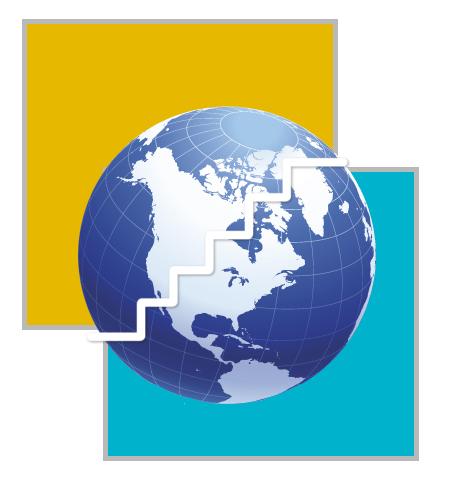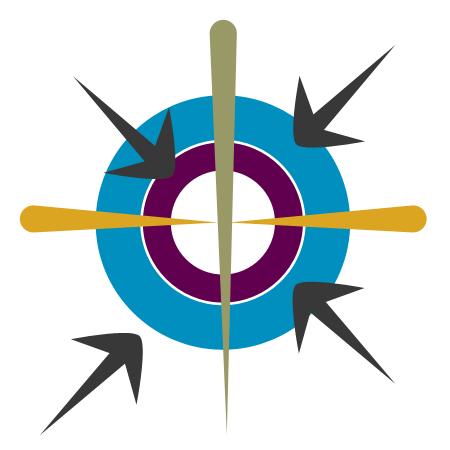MEDIA
I AM the CEO of a large corporation. I have to decide about moving or deploying a few hundred million dollars. If I am in stocks and bonds, I will look for short-term signals from markets. If I am serious about long-term safety and returns, I must see forces outside the market.
It does not really matter whether I am in insurance, manufacturing of goods, export of computer hardware, tourism, mining or pharmaceuticals. If large amount of funds are at stake, I will ask myself the following 10 questions about how the world will shape in the next 10 years.
- Will a future President of the United States announce a radical policy shift to bring energy efficiency in that country up by 30% or to the level of Western Europe?
- Will Ayatollah Rafsanjani succeed Ayatollah Khamenei as the Supreme Leader of Iran?
- Will the Gulf States switch from treasury bills, bonds and resorts to large-scale manufacturing, research and development and a united Arab social sector?
- Will India introduce internal market reforms in agriculture and find ways to sustain ecologically its industrial growth?
- Will those handling nanotechnology succeed in developing cures before those trying to steal the technology develop pathogens that destroy the mankind?
- Will the South-East Asian countries continue to be able to protect the Straits of Malacca from capture by any international terrorist network?
- Will Europe rewrite its industrial relations laws and successfully integrate migrant workers in its society and Turkey in its political union?
- Will the price of intermediate goods like steel ever overtake the price rise in raw materials like iron ore?
- Will the post-Putin Russia have harmonious relations with the West?
- Will the future of God be bleaker than it appears now?
If the answer to all or most of the questions is �€œyes�€, I will be aggressive in my expansion strategy. If the answer to most of the questions is �€œno�€, I will go the stock market or maybe the commodity markets.
We live in uncertain times. The good old times are over when we merely had to worry about our competitors from the industry. Now we must watch out for new products outside the industry, new technologies and new sectors.
In order to understand these unexpected challenges, we must know societal trends, geopolitical changes and environmental factors.
One 9/11 can get the aviation industry grounded. One tsunami can deliver a blow to insurers. One successful challenge in India, China, Iran, Nigeria, and France to vested interest groups and a new world of opportunity will surface all over the globe.
How can one interpret the developments that are going to take place in the next 10 or 20 years
How can one see what is unseen?
How can one move factors of production, especially people, when life is uncertain?
Let�€™s remind ourselves of the world in 1986 before we can structure scenarios for the world in 2026.
Who would have guessed then that the Berlin Wall would collapse and the axis of conflict would shift from ideology to religion?
Who would have guessed then that transportation and communication would be affordable to an average person in Asia despite high cost of energy input?
Who would have guessed then that Internet and text messages would send fax machines to the museums?
Who would have guessed then that China would replace Japan as the emerging super power?
And who would have guessed then that centres of excellence would come up in the world that could look into the future in a scientific way that could actually make projection of uncertainties feasible?
It is now possible to use techniques such as scenario building, discontinuity analysis and others to make confident projections about the future.
In 2002 and 2003, Strategic Foresight Group projected the fall of the government in Kyrgyzstan, success of conservatives in Iran, price band of oil, replacement of Pakistan�€™s prime minister, among other developments in its various reports. By 2006, all of this has happened.
As the CEO of a large corporation, I do need the traditional management consultancy firm to advise me on project management, diversification, evaluation of buy outs and cost reduction, once I have determined where, when and how to move my resources.
I need specialised advice in geopolitical, societal, demographic and environmental risks and opportunities before I make the basic decision about what to do with my resources, my people and my own future.
If I am a follower, I would like to be able to anticipate a global future.
If I am a leader, I would like to make strategic alliances, influence policies and shape the global future.
In either case, I need to know how to manage global challenges much more than I need to know how to manage my industry competition.
It is amazing that today tools for acquiring such capacity are available. I must decide whether I wish to walk that extra mile to obtain them and craft a new future for my company.
Sundeep Waslekar is president of Strategic Foresight Group. He will be in Malaysia on June 27 and June 28 2006 to head the inaugural Global Exchange Experience jointly organised by Malaysian Institute of Management (MIM) and Urban Forum in celebration of MIM�€™s 40th Anniversary of delivering management excellence. For more information please visit www.urban-forum.com or www.mim.org.my; e-mail [email protected] or inquiries @mim.org.my.





